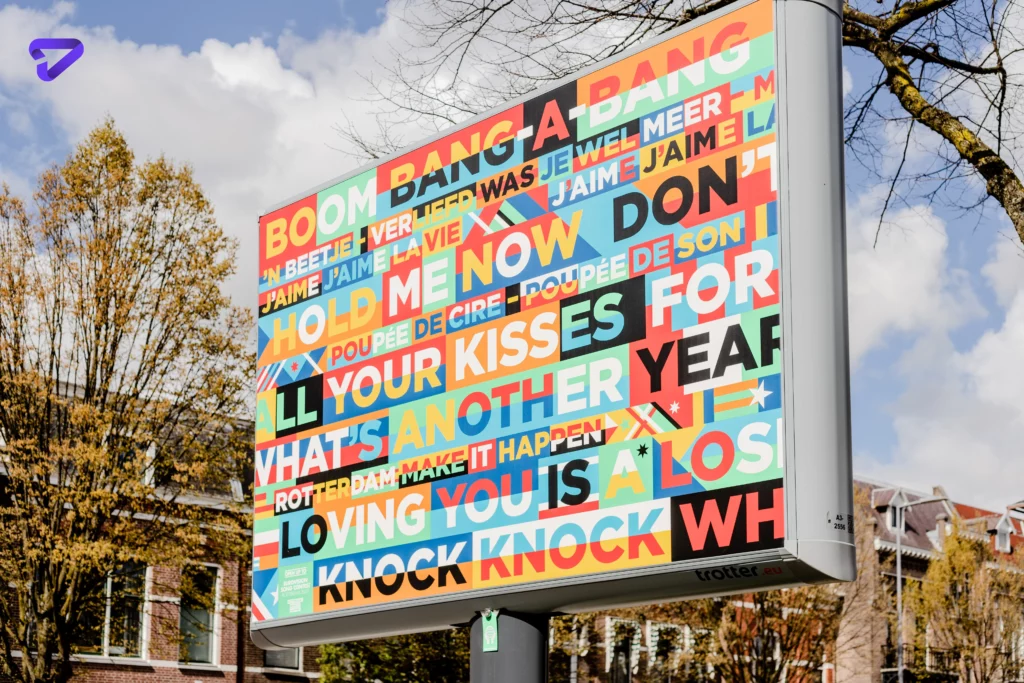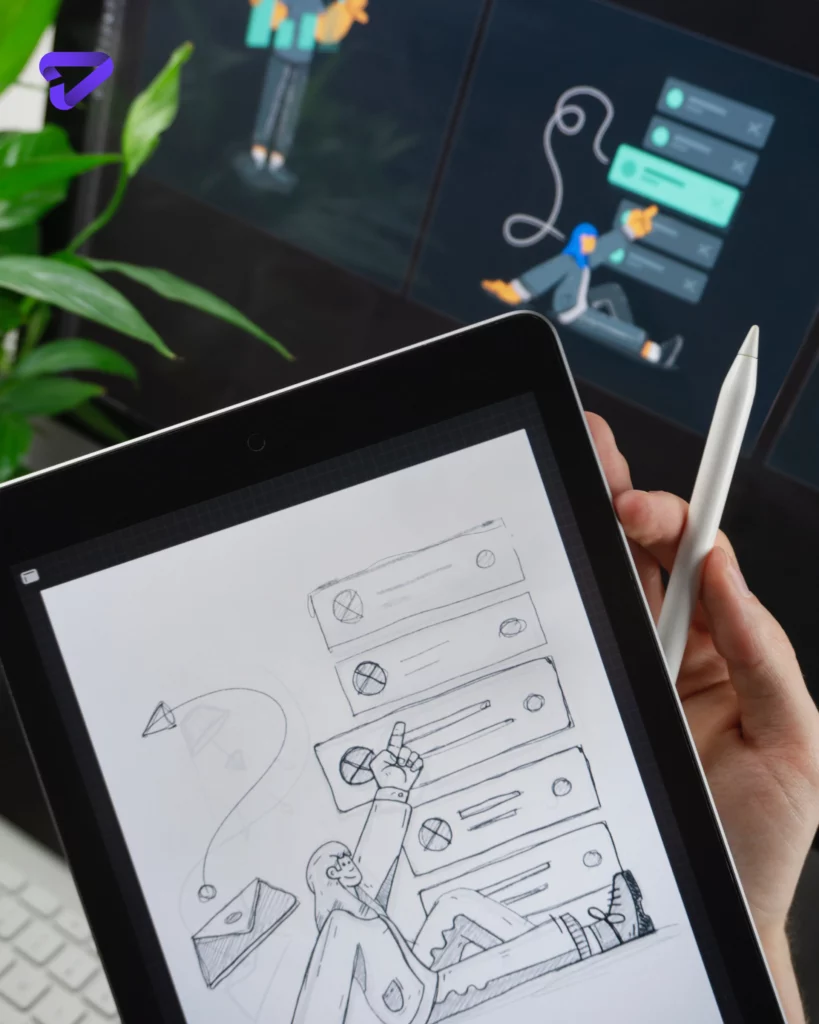
What is the difference between a graphic designer and a graphic artist?
Let’s talk about the difference between graphic artist and graphic designer. At first glance, the roles of graphic designer and graphic artist may seem interchangeable. However, there are distinct differences between these creative positions. Graphic designers focus on visual communication, marketing, branding, and solving problems for clients through design. Graphic artists pursue fine art with personal expression, pure aesthetics, and emotion as their guides. There is overlap in skills, but their purposes diverge. Understanding the nuances helps illustrate careers in visual media.
Graphic designers bring ideas to life for specific audiences and goals around advertising, publishing, product packaging, web design, mobile UI, marketing materials, signage, etc. Graphic artists use painting, drawing, printmaking, sculpture, and other fine art mediums to manifest their artistic vision without a client purpose or commercial considerations. The intentions and applications differ significantly even when their creative talents intersect.
Education and Training
Acquiring the right background
So, what is the difference between art and graphic design? Graphic designers typically complete bachelor’s degrees or certificates in graphic design, digital arts, or visual communications. Coursework covers foundation art skills, commercial design principles, publication layout, typography, branding, user experience design, motion graphics, 3D arts, photography, editing software, and more. Many programs provide internship opportunities.
In contrast, graphic artists pursue more generalized fine arts, visual arts, or graphic arts degrees with extensive studio work focused on freeform creation across mediums like drawing, painting, sculpting, and printmaking. Their training centers on personal artistic development rather than commercial applications. Some also minor in art history, anthropology, psychology, or philosophy to enrich perspectives.
Both benefit from fundamental solid art skills. However, graphic designers must master practical technical abilities for career demands. In contrast, graphic artists enjoy more creative freedom in their education. Also, the difference between graphic design and digital art can be seen in the outcome of these jobs.
Work Environments
Wondering what is the difference between illustrator and graphic designer?
Different primary workspaces
Graphic designers often work full-time for design firms, ad agencies, publishers, corporations, government agencies, non-profits, and as freelancers. They collaborate face-to-face or remotely with art directors, copywriters, developers, marketers, and stakeholders during projects. Most use office suites like Adobe Creative Cloud daily. Their work environment combines desks for computer tasks and collaborative spaces.
Graphic artists work from home studios, co-op art studios, or shared open workrooms. They have flexibility in schedules and approaches. Some teach art classes or work shifts as a graphic designer to fund their independent artwork. Surrounded by their art medium supplies, they develop series and portfolios at their own pace. Their work environment provides freedom to experiment.
The nature of project deadlines and client needs necessitates different work setups. Design happens externally, while artistic creation comes from within.
Key Job Duties
The difference between graphic designer and illustrator (graphic artist) can be easily seen in their essential job duties:
Graphic designers perform tasks like:
- Consulting with clients to determine project goals, target audiences, and design requirements
- Researching concepts, visual references, fonts, color palettes, layouts, and UX/UI patterns
- Developing branding systems, including logo designs, name, identity, and style guides
- Creating marketing materials like brochures, ads, social media posts, sales sheets, etc.
- Designing for digital mediums, including websites, mobile apps, presentations, e-books
- Preparing files and providing specs to developers, printers, manufacturers, etc.
- Presenting work and incorporating client feedback through revisions
- Staying updated on trends and technologies within visual design and advertising
Whereas graphic artists:
- Develop series and collections inspired by themes, narratives, nature, emotions, memories, etc
- Experiment extensively with mediums like oil, acrylic, watercolor, charcoal, clay, glass, textiles,
- Maintain active art practices through daily creation, creativity, and technique refinement
- Exhibit final works in galleries, art shows, museums, pop-ups, stores or art fairs
- Research fine art movements, theories, and styles to inform perspectives and processes
- Teach workshops and classes at universities, community centers, homes, or digitally
- Network within local arts communities and national circles through memberships
- There is little overlap in the hands-on work besides foundational design skills.
Key Skills and Abilities
Specialized expertise
Graphic designers should possess skills like:
- Expertise in programs like Adobe Creative Suite, Sketch, Figma, Canva
- Strong typography, color theory, composition, layout, visual hierarchy
- Proficiency across print, digital, branding, packaging, presentation media
- Ability to adapt styles for different brands, audiences, and mediums
- Knowledge of marketing strategy, advertising, UI/UX principles, microcopy
- Project management and collaboration abilities
- Model making and photography for conceptual presentations
- Trend awareness across industries like tech, advertising, consumer behaviors
Personality Traits
Aligning with the right temperament
Graphic designers often exhibit traits like:
- Organized, detail-oriented, meet deadlines, manage multiple projects
- Collaborative, open to feedback, team player
- Analytical problem-solver
- Adaptable to diverse client needs and styles
- Enjoy stressful, fast-paced agency environments
- Commercial and marketing-driven
- Technical and software-oriented
Graphic artists tend to be:
- Imaginative, reflective, contemplative
- Independent, self-starting
- Value self-expression over commercial viability
- Appreciate experimentation and rejecting limitations
- Comfortable with ambiguity and uncertainty
- Drawn to conceptual, philosophical domains
- Focused on pure aesthetics and emotion
The ideal temperaments align with the different aims of each role. Both require creative ingenuity, but graphic designers need added flexibility, while graphic artists desire freedom.
Income Potential
Salary expectations and trajectories
Entry-level graphic designers earn approximately $35,000 to $50,000 annually. Within five years, salaries commonly reach $50,000 to $75,000. Senior graphic designers can make $75,000 to $150,000. Additional skills like UX design or art direction provide pay bumps. Freelance designers charge $20 to $100+ per hour.
Graphic artists see more variability. Early sales average $20,000 to $40,000 from pieces, commissions, teaching, and design gigs. Mid-career artists earn $30,000 to $85,000. Well-known artists sell works for tens of thousands apiece, holding the potential to reach six figures. However, incomes fluctuate significantly. Supplementing through design work. Teaching salaries provide stability.
Graphic designers follow more apparent income trajectories, while artists experience irregularity. Both offer passion and purpose for creatives.
Key Differences at a Glance
To recap:
Graphic designers:
- Solve visual communication problems
- Meet client business objectives
- Thrive in collaborative agency settings
- Use specialized technical skills
- Value practical applications
Graphic artists:
- Follow artistic visions
- Prioritize self-expression
- Prefer autonomous studios
- Hone fine art techniques
- Appreciate emotional impact
There is occasional overlap in skills and environments for these visually creative roles. However, at their core, graphic designers and artists diverge in intentions and applications. Neither path is superior –aligned with different strengths and interests. Both provide rewarding outlets for imagination and innovation. Looking for a talented graphic designer charlotte nc? Our agency is here to bring your unique ideas to life.











